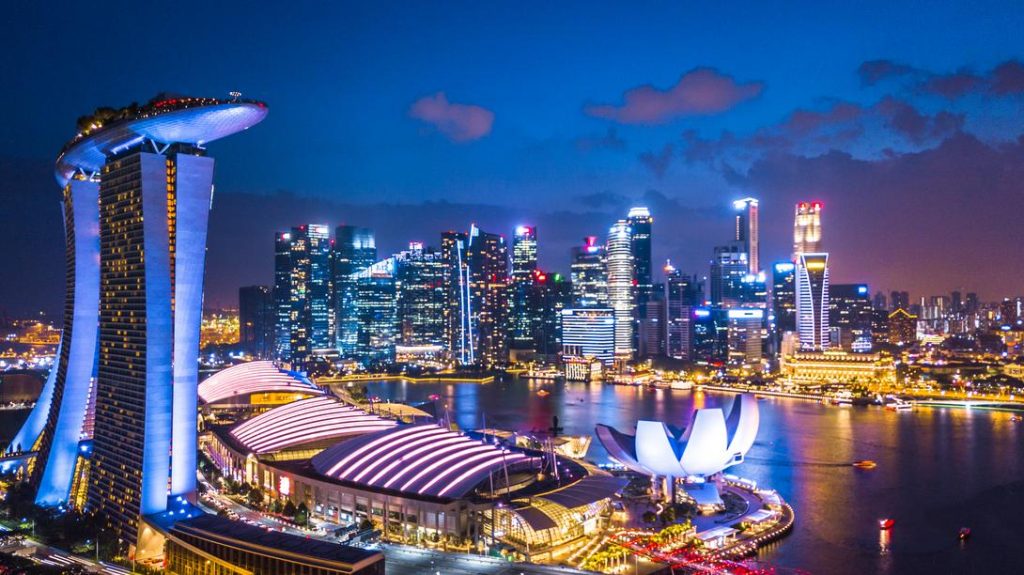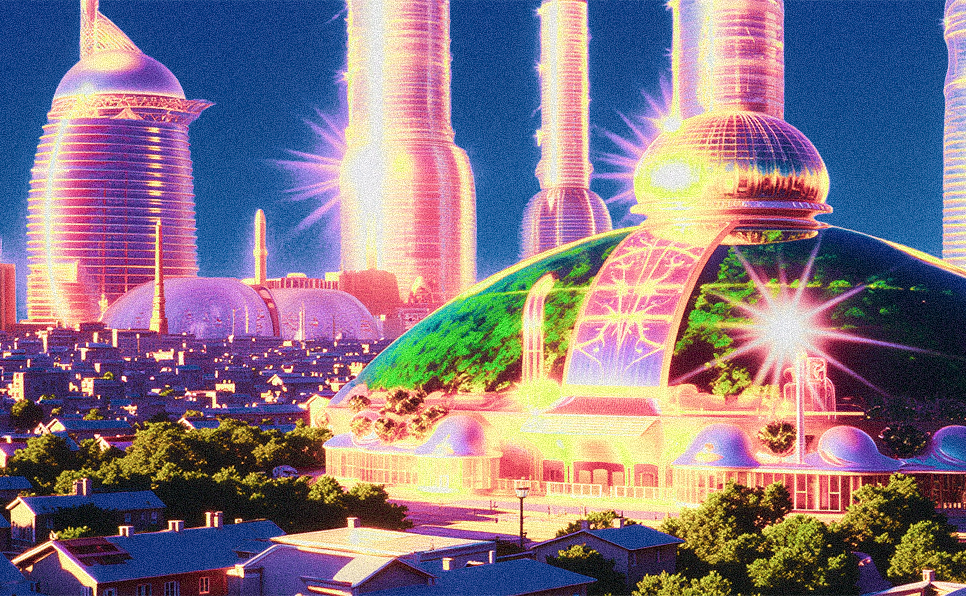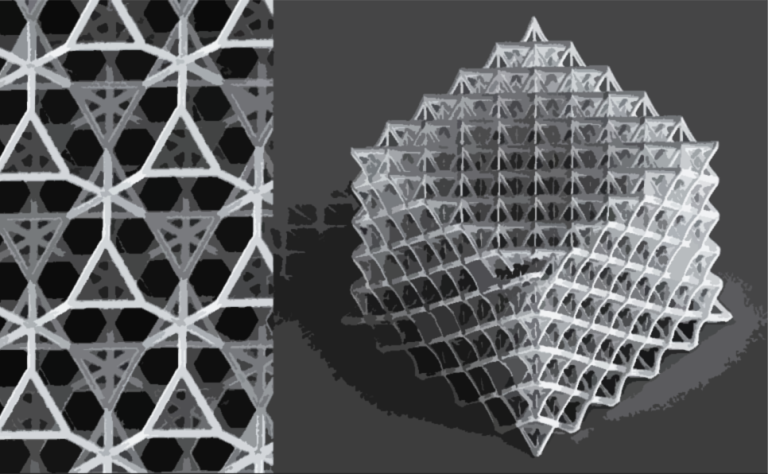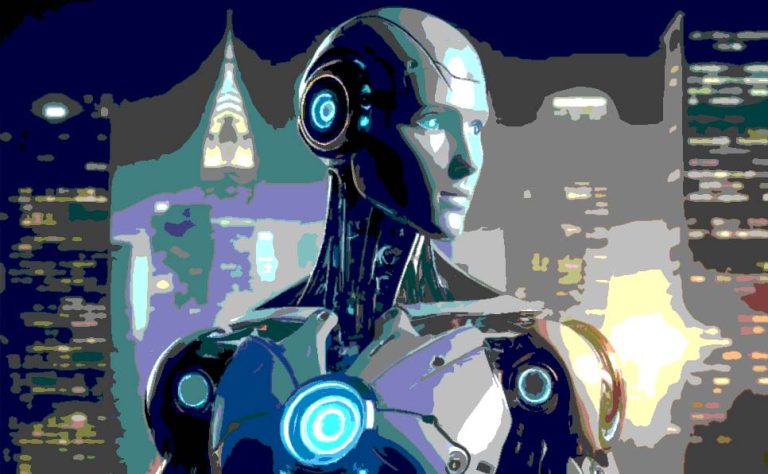What Makes a Smart City Truly Smart?
The idea of smart cities has taken the world by storm. Cities that seamlessly bring together tech and innovation to improve everyday life. These cities promise a better quality of life. Faster transportation, more sustainable resources, and more accessible services.
All over the world, I see countries experimenting with smart technologies to make their cities smart. Some have made great progress, but many have also failed.
But What Makes a Smart City Truly Smart? What has caused them to fail? What does it take to build a smart city that truly improves urban life?
How to Make Our City “Smart”?
The important point about smart cities is that simply using technology in cities does not make them a “smart city”. Rather, technology must serve the people. Quality is more important than quantity.
Below, I will mention the points that smart cities should have.
1. Human-Centered Design
It has improved our lives. But it has also complicated them. We are bombarded with new technologies every day. Is all of this necessary? Of course not.
A smart city should prioritize life, comfort, and accessibility for its residents. This means logically integrating technology into different parts of the city without overwhelming people with unnecessary complexity.
What do I mean by unnecessary complexity?
For example, we have an app for public transportation that only young people can use. But people who are older have no idea how to use it. These apps (and any other system like ID systems) should be simplified to the point where everyone can use it easily. Or at least learn how to use it quickly.
2. Flexibility & Adaptability
As I said at the beginning, technology is advancing rapidly and daily. Smart cities should be designed to be flexible rather than rigid, so that they can adapt to new technologies whenever needed.
3. Privacy & Transparency
Arguably, one of the most important elements in a smart city is data. When it comes to data, one important consideration is the monitoring and protection of citizens’ privacy. A smart city (or rather, the government) must respect the data rights of its citizens and collect it transparently. This includes systems that allow citizens to fully control their digital footprint.
I don’t want to focus on the issue of privacy and transparency because it’s a complex and ongoing debate that involves a lot of things like ethics and politics.
4. Creating Decentralized Smart Systems
One of the most exciting aspects of smart cities, which I think is under-explored, is the ability to design decentralized systems that are more autonomous and flexible than traditional, centralized models. In such a system, data does not belong to a single entity. In this system, services are distributed, making the city more adaptable and efficient.
Examples of smart cities
Singapore

Singapore is one of the best (maybe the best) smart cities in the world. It has AI-powered traffic management systems to reduce urban congestion, clean energy to optimize electricity, and a network of sensors to monitor air quality.
One of Singapore’s best things is that many services are digital. Citizens can access almost all government services online. The city’s commitment to sustainability has also led to vertical gardens and controlled green spaces in the urban space, which, in addition to the good feeling they subconsciously create in humans, also help to clean the air.
Copenhagen

I think Copenhagen is a great example of a city that is still respecting its traditions and is also becoming smart. They have smart traffic systems and are also moving towards carbon neutrality. Their bike paths are really great. And overall it is a place where technology is not just about gadgets, but actually making the city smarter and more sustainable for the people who live there.
My View
To be honest, when I think about smart cities, it’s not just about technology. Sure, all that shiny technology is fantastic, but what really excites me is the human aspect. How can we as people be in a place that is integrated with technology and we can benefit from it?
But the question is, how do we even get there? It’s not just about throwing a bunch of sensors and technology in one place and calling it a “smart” city. The cities of the future have to be about unity. They have to bridge the gaps between generations and perspectives.
I imagine the cities of the future. Cities that are a reflection of the people who live in them. In this city, design and architecture are not about the structure but about the people.
We need to think about the cities of the future, and even the future itself, like an art form. A canvas. A place to create, connect and grow. A place for art and technology. Our cities need to change. They need to become not just a place to live, but a place to think.




3 Responses
I believe the essence of a truly smart and digital city lies in being people-centered. Such a city should not only provide essential resources for its citizens but also inspire and guide them toward a more cultured, responsible, and law-abiding way of life. For me, environmental preservation, promoting cycling, raising public awareness, and leveraging digital technology to enhance the quality of life are fundamental. These elements contribute to fostering an informed, conscious, and harmonious society.😎🧡
For the second point, I must say that you’ve chosen a really interesting topic. This is an extensive discussion that deserves more attention.✨
Thank You for your support and beautiful comment ❤️